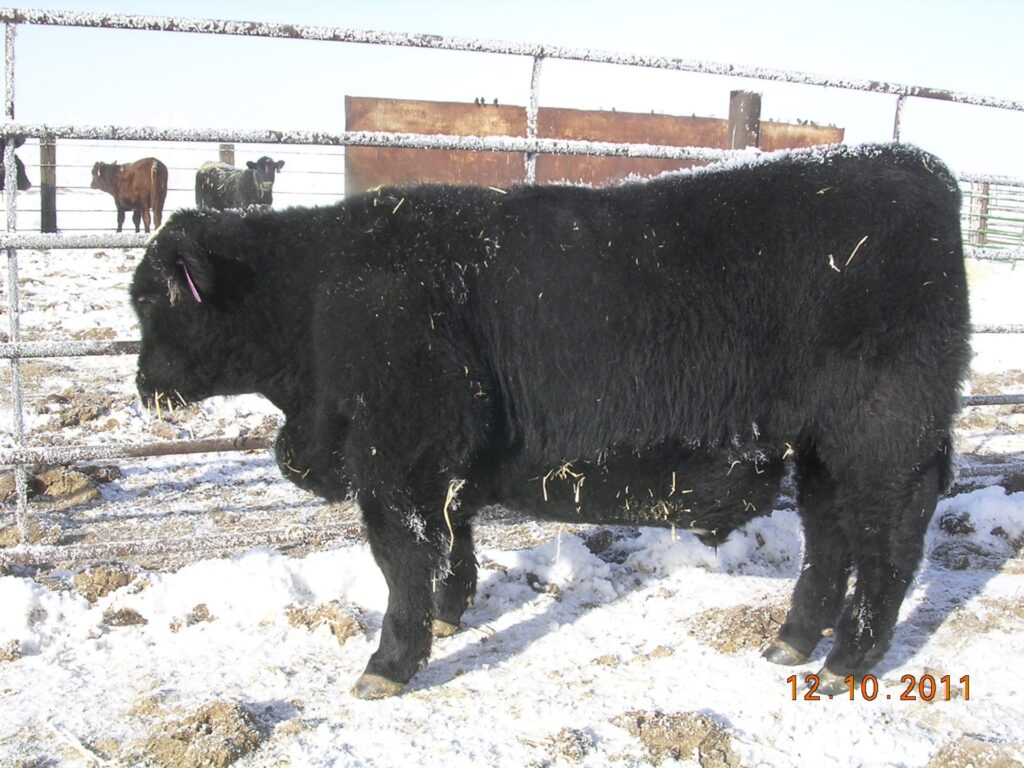Overview
Bovine High Mountain Disease (BHMD), commonly referred to as brisket disease, is a condition affecting cattle raised at high altitudes (typically above 5,000 feet or 1,524 meters). The reduced oxygen levels at these elevations lead to hypoxemia, causing pulmonary hypertension and subsequent right-sided heart failure.

Etiology
- Hypoxemia: Low oxygen concentration at high altitudes leads to pulmonary vasoconstriction.
- Pulmonary Hypertension: The body’s response to hypoxemia results in elevated pulmonary arterial pressure.
- Right Ventricular Hypertrophy: Increased workload on the right ventricle leads to hypertrophy and eventual failure.
- Genetic Predisposition: Certain breeds and individuals are more susceptible.
- Environmental Factors: Consumption of locoweed (Oxytropis and Astragalus spp.) has been associated with increased incidence of BHMD. Merck Veterinary Manual
Clinical Signs
- Edema: Swelling of the brisket, abdomen, and limbs due to right heart failure.
- Respiratory Distress: Labored breathing, especially after exertion.
- Jugular Vein Distension: Visible pulsation of the jugular veins.
- Decreased Appetite and Weight Loss: Reduced feed intake and growth rate.
- Lethargy: Reluctance to move and general weakness.
- Cyanosis: Bluish discoloration of mucous membranes in severe cases.
- Ascites and Pleural Effusion: Accumulation of fluid in the abdominal and thoracic cavities. Merck Veterinary Manual
Diagnosis
- Clinical Examination: Observation of characteristic signs in cattle residing at high altitudes.
- Pulmonary Arterial Pressure (PAP) Testing: Measurement of PAP; values >50 mm Hg are indicative of BHMD.
- Echocardiography: Assessment of right ventricular hypertrophy and pulmonary hypertension.
- Thoracic Auscultation: Detection of muffled heart sounds and decreased breath sounds in ventral thorax.
- Laboratory Tests: Generally normal unless there is concurrent disease. Merck Veterinary Manual
- For more detail

Treatment and Management
- Relocation: Moving affected cattle to lower altitudes is the most effective treatment.
- Diuretics: Administration of furosemide to manage fluid retention.
- Supportive Care: Includes oxygen therapy (when feasible), appetite stimulants, and prophylactic antimicrobials.
- Selective Breeding: Implementing breeding programs to select for cattle less prone to the disease based on PAP measurements. Merck Veterinary Manual
NAVLE-Style Multiple-Choice Questions
Question 1: Diagnosis
Clinical Scenario:
A herd of cattle grazing at an altitude of 8,000 feet presents with several members showing brisket swelling, labored breathing, and jugular vein distension.
Question:
What condition should be suspected?
A. Congestive Heart Failure
B. Bovine High Mountain Disease
C. Traumatic Pericarditis
D. Infectious Bovine Rhinotracheitis
E. Bovine Respiratory Syncytial Virus
Correct Answer: B. Bovine High Mountain Disease
Explanation:
The altitude of the grazing area and the presence of brisket swelling, labored breathing, and jugular vein distension in multiple cattle are indicative of bovine pulmonary hypertension or high mountain disease.
Question 2: Treatment
Clinical Scenario:
A cow diagnosed with bovine high mountain disease exhibits severe brisket edema and respiratory distress.
Question:
What is the most effective immediate management strategy?
A. Administering furosemide
B. Starting oxygen therapy
C. Relocating to a lower altitude
D. Administering vasodilators
E. Surgical intervention(for more detail check paper here)
Correct Answer: C. Relocating to a lower altitude
Explanation:
The primary treatment for bovine high mountain disease is to move the affected cattle to a lower altitude where oxygen levels are higher, alleviating hypoxemia and reducing pulmonary hypertension.
Question 3: Supportive Treatment
Clinical Scenario:
In managing a case of bovine high mountain disease, which medication can be used to address fluid retention resulting from right heart failure?
A. Furosemide
B. Digoxin
C. Enalapril
D. Lidocaine
E. Penicillin (more detail ResearchGate)
Correct Answer: A. Furosemide
Explanation:
Diuretics like furosemide are useful in managing fluid retention associated with right heart failure in cattle affected by high mountain disease.
References
- Holt, T. N., & Callan, R. J. (2007). Pulmonary arterial pressure testing for high mountain disease in cattle. Veterinary Clinics of North America: Food Animal Practice, 23(3), 575-596.
- Merck Veterinary Manual. Bovine High-Mountain Disease. Retrieved from https://www.merckvetmanual.com/circulatory-system/bovine-high-mountain-disease/bovine-high-mountain-disease
- Neary, J. M., et al. (2019). Cardiopulmonary remodeling in fattened beef cattle: A naturally occurring large animal model of obesity-associated pulmonary hypertension with left heart disease. Journal of Animal Science, 97(1), 1-13. ResearchGate
- Vanderbilt University Medical Center. (2015). Gene in high-altitude cattle disease sheds light on human lung disease. Retrieved from https://medicalxpress.com/news/2015-04-gene-high-altitude-cattle-disease-human.html Medical Xpress
- Colorado State University. (2022). High-Altitude Disease: What Can We Do? Retrieved from https://labs.vetmedbiosci.colostate.edu/ilm/wp-content/uploads/sites/66/2022/12/High-Mountain-Disease.pdf Labs Home